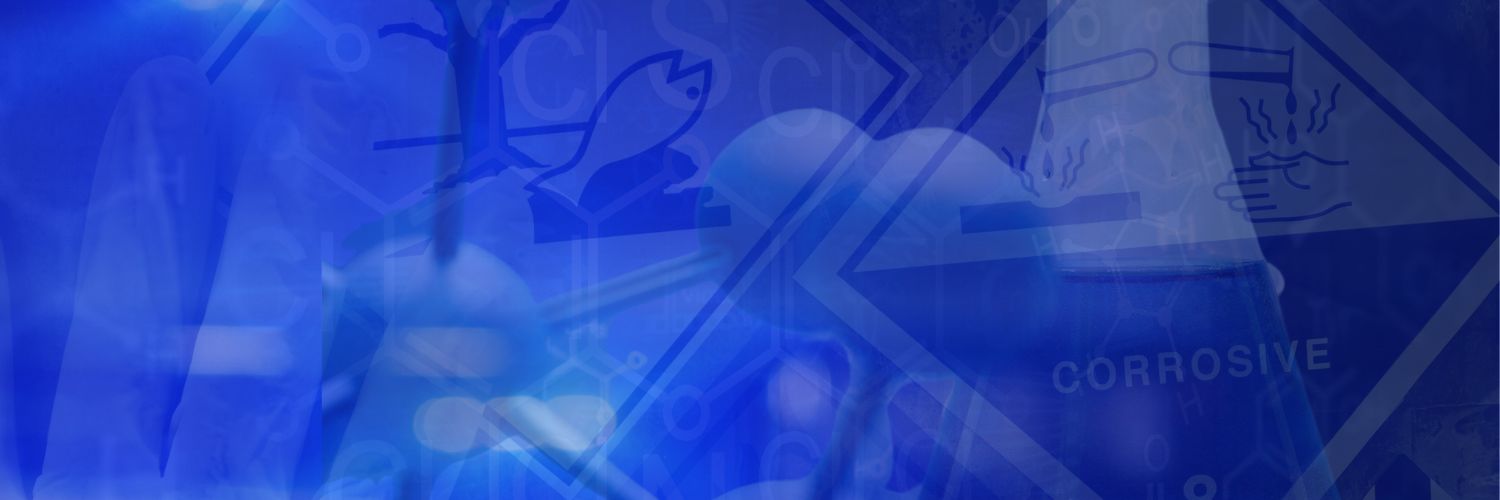>Free Demo Video – SCIP Database Connector
Watch the video to hear about the latest updates on ECHA SCIP database and see a live demo of iPoint’s SCIP Database Connector.
>Free White Paper – SCIP database insights
Get an in-depth insight into SCIP database – What is required, and how you can get started.
> Download SCIP database white paper
>Free SCIP FAQ
Get the answers on the TOP 40 frequently asked questions
ECHA has recently published detailed information requirements for the SCIP database, which entails increased obligations for companies that market an article containing an SVHC above 0.1% in the EU. iPoint is already involved in working groups with ECHA, especially the SCIP IT User Group. As a official member of the IT user Group we provide input on the development of the system, share our ideas for improvement, analyse different scenarios and help to identify the areas where extra attention is needed in order to provide adequate support/guidance. Our goal is to develop a connector for the automated information exchange between ECHA’s SCIP database and iPoint Compliance.
ECHA develops the SCIP database
With the revision of the Waste Framework Directive (EU) 2018/851, Article 9, the European Chemicals Agency ECHA was tasked with the implementation of a database collecting (and making available) information on articles containing Substances of Very High Concern (SVHC) above 0.1% by weight as specified by the Candidate list. Ever since this became known, companies have raised concerns over this increase in reporting obligations.
ECHA has now published a document detailing the information requirements of the so-called SCIP database. Companies placing an article containing an SVHC above 0.1% on the EU market are required to submit information from January 5th, 2021 onwards. A first version of the SCIP database will be available one year prior to this date.
SCIP stands for Substances of Concern In articles, as such or in complex objects (Products). Although the SCIP acronym encompasses “products”, ECHA explicitly avoids using the term in the description of its information requirements limiting it to “articles”. Mixtures and substances are not under consideration, information obligations exist for articles as such as well as articles in complex objects. (For a more detailed description see ECHA’s Guidance on requirements for substances in articles.)
Three key information constituents have to be provided
- article identification
- safe use information and
- identification, location, and concentration of the Candidate list substance(s) contained
The first section requires a description of the article or complex object with seven out of 14 fields being mandatory. They include the categorization of the article or complex object based on a harmonized list as well as the safe use information. However, the remark „no need to provide safe use information beyond the identification of the Candidate List substance” can be selected here.
In the second section, information on the so-called “concern element” needs to be given, i.e. the article within a complex object containing the substance of concern above 0.1%. Out of the eight categories, five are mandatory. One piece of information that has to be provided concerns the category of material or mixture containing the SVHC, with the aim of identifying relevant material-based waste streams.
ECHA will ensure protection of confidential data
An interface between ECHA’s SCIP and iPoint Compliance facilitates data submission
To simplify matters for companies submitting information, ECHA is looking into a) permitting referencing an already submitted upstream notification of the same article as well as b) a solution to provide for system-to-system submission, with an option to connect supply chain tracking tools to ECHA’s database and thus avoid manual work. ECHA’s IT solution is based on the IUCLID system with different access options.
Although the SCIP database and its information obligations presents manufacturers with yet another duty, its fulfilment will be straightforward for all of those who already have an integrated compliance system in place such as iPoint Compliance (includes former iPCA and Material Compliance). Furthermore, iPoint is directly engaged with ECHA via working groups focused on developing a suitable interface which allows the automated exchange of the information between ECHA’s SCIP database and iPoint Compliance.
Collect, analyze, report, and evolve data with iPoint Compliance
Paired with the modular iPoint Compliance, which offers the option to collect, analyze, report and evolve product information throughout the supply chain, you have all information readily available to comply with substance regulations like REACH and also to fulfil SCIP-related information obligations.
Of course this data can also be used to analyze and report with regards to further obligations such as REACH Article 7(2), REACH Art. 33 (1), monitoring of REACH Annex XIV and XVII, ELV, RoHS, California Proposition 65 and others. It can also support a company’s evolvement towards sustainability and carbon neutrality. To ease communication to the public on the basis of a REACH Article 33(2) request, iPoint is also active in the development of the supply chain communication tool under the LifeAsk REACH project, which offers consumers to request information on the SVHC content of a product via the AskReach-App.
Update 09.10.2019
> iPoint participates in ECHA’s SCIP Database Kick-off meeting
Update 11.12.2019
> Results from the ECHA workshops and new SCIP website launched
Update 27.01.2020
> First glimpse at the SCIP database
Update 17.02.2020
> SCIP Database test version available
Update 18.03.2020
> SCIP database alpha testing and RoHS (2011/65/EU)
Update 23.03.2020
> ECHA drops one mandatory field for SCIP database reporting
Update 26.06.2020
> Sneak Peek at iPoint’s SCIP Connector
Update 30.07.2020
> SCIP FAQ: The Echa SCIP Database – Get the answers on the TOP 40 frequently asked questions
Update 25.09.2020
> SCIP database to be launched in late October – no indication that deadline in January 2021 will be postponed
Update 23.10.2020
> SCIP reporting using IMDS system vs. iPoint SCIP connector
Update 26.10.2020
> New IUCLID version by ECHA
Update 29.10.2020
> SCIP Database Connector Enterprise & Professional released
Update 13.11.2020
> EU Commission not empowered to postpone SCIP
Update 05.02.2021
> SCIP Database Connector successfully used by our customers
Update 19.05.2021
> 4 Months of SCIP reporting obligation – what are the experiences so far?
Download our free White Paper – SCIP database insights
Get an in-depth insight into SCIP database – What is required, and how you can get started.





